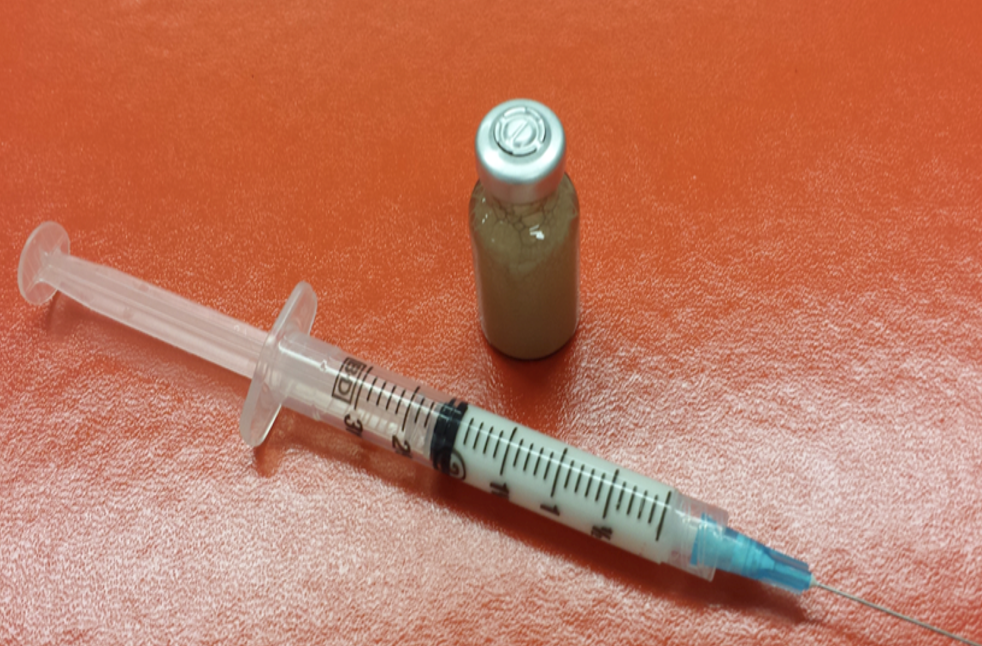Factors Influencing Adherence to Injectable PrEP and Retention in an Injectable PrEP Research Study
Study Details
To explore potential barriers, facilitators, and potentially modifiable issues related to adherence to clinic visits in the context of injectable PrEP; to learn about preferences and decision making regarding the use of oral versus injectable PrEP, or other biomedical prevention products; to gather explanatory qualitative data regarding participants’ experiences in HPTN 083 to better interpret study results and guide next prevention strategies.
In-depth, one-time qualitative interviews.
Participants in Step 2 of the Main HPTN 083 Trial who are:
1. Adherent to injectable PrEP/placebo
2. Imperfectly or nonadherent to injectable PrEP/placebo
Or
3. Discontinue their injectable PrEP/placebo after getting at least one injection
And participants from Step 3 of the parent study
We will recruit from 2 U.S. sites (Chicago, IL; Decatur, GA) and 3 international sites (Rio de Janeiro, Brazil; Cape Town, South Africa; and Bangkok, Thailand).
We expect a total N of 150-225 for participants interviewed in Step 2 and a total N of 50-75 participants for participants interviewed in Step 3.
Approximately three years total.
1) To identify potential barriers, facilitators, and potentially modifiable issues related to adherence to clinic visits in the context of injectable PrEP, thus facilitating the achievement of study objectives and informing future delivery and implementation of injectable PrEP.
2) To learn about preferences and decision making regarding the use of oral versus injectable PrEP, or other biomedical prevention products.
3) To gather explanatory qualitative data regarding participants’ experiences in HPTN 083 to better interpret study results and guide next step prevention strategies. Specifically, understanding potential consumers’ preferences for product use and barriers and facilitators to product use will inform outreach and education efforts around biomedical HIV prevention, as well as inform the development of clinical platforms in which these services will be offered (e.g., adherence support).
To explore potential differences in the above by geographic location or person-level characteristics.


 Study Documents
Study Documents